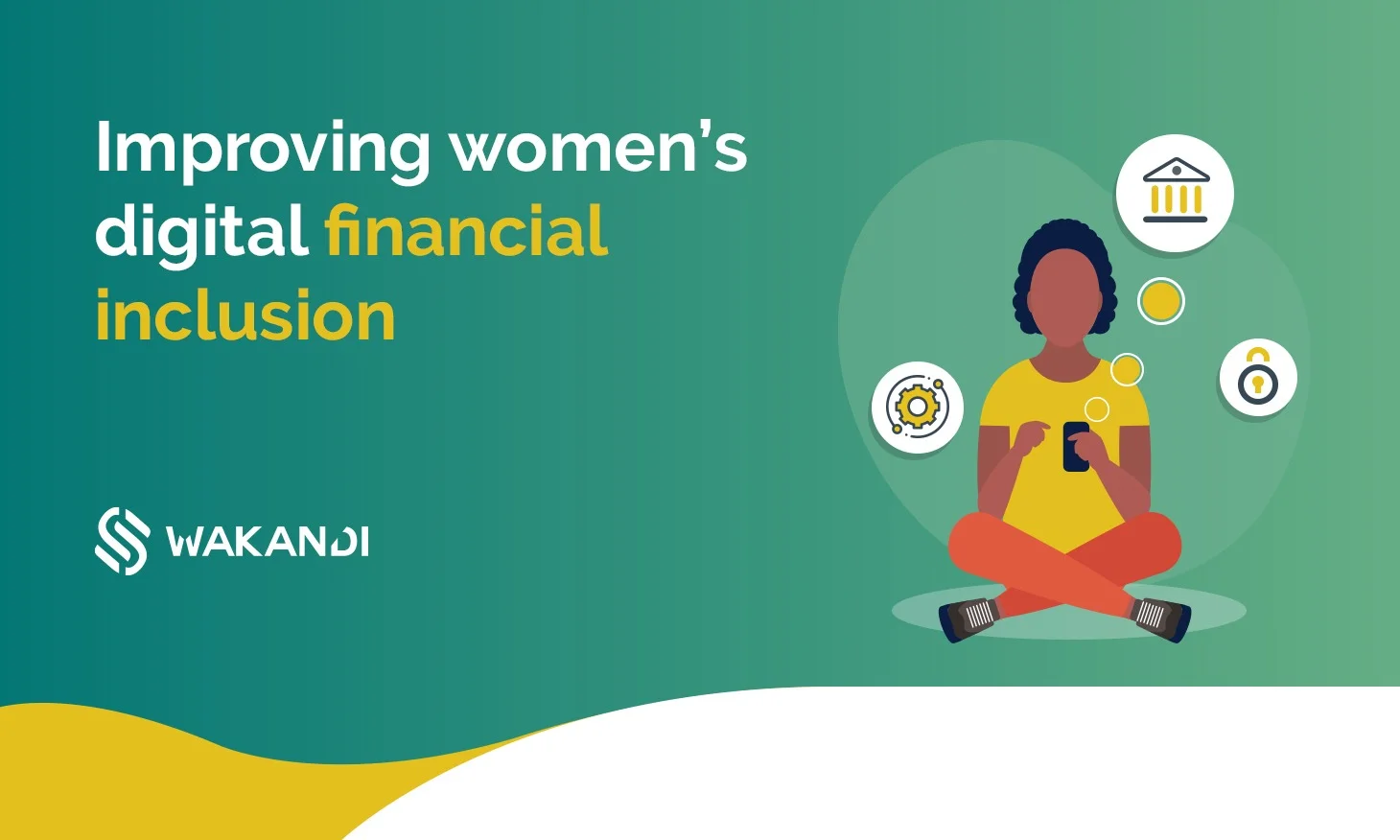Improving women’s digital financial inclusion

Digital financial services combined with affordable technology have expanded opportunities for millions of women worldwide. Financial inclusion in Sub-Saharan Africa has almost doubled from 23% to 43% between 2011 and 2017. According to Finscope, more than 240 million more women now have either a bank account or a mobile wallet, compared to 2014.
Though the growth rate of financial inclusion amongst women looks inspiring, there remains much work to do to achieve better gender equality. Despite substantial overall growth in 2017, the World Bank reported a 9% gap between women’s and men’s access to financial services.
The same report stated that only 37% percent of women have a bank account in sub-Saharan Africa, compared with 48% of men. This gender gap has only widened over the past several years. The gender equality situation is even worse in North Africa, where the gender gap for access to finance is 18%, the biggest in the world.
Accelerating financial inclusion for women
Creating a world where financial inclusion for men and women exists in equal measures is essential for any country. This objective has not been achieved due to many persistent barriers related to proper identification, digital footprints, skills, and financial literacy.
We can consider a range of solutions to remove these barriers to financial inclusion for women. Read on to know various measures to implement that can help us achieve the goal.
- Official identification system should be accessible to all women – Lack of proper ID remains a significant concern for women, which prevents them from having a bank account. Globally, 1 out of 5 women lack an ID required to obtain a bank account. That said, proper identification is an essential requirement for a bank to open an account or provide any service. In collaboration with central banks and technology businesses, the government can build digital ID systems to give IDs to the people and make them available for all. Such a system can bring better financial inclusion for unbanked women. Availability, usability, and affordability will be key measures to implement a successful digital ID system.
- Promotion of digital skills and use of mobile phones – In this age of digital disruption, mobile technology can play a critical role in improving women’s financial inclusion. Access to financial services highly depends on technology, such as mobiles and computers. Increased availability of mobile devices and computer systems amongst women can quickly improve their awareness and access to financial services. Promoting digital skills and mobile phones can also facilitate digital services such as a new ID system.
Read more: How technology can drive women towards formal financial services
- Interoperability in payments and financial systems – Interoperability is the key to build an all-inclusive financial and payment system. The ability to send or receive from one account to another bank account or mobile wallet through different payment systems can be critical. This added interoperability can accelerate better financial inclusion for women. It can also give banks, mobile network operators (MNOs), and payment services to customize their products and services for women to offer a better user experience.
- Promote gender equality – Promoting gender equality, in general, can boost equality for women in accessing financial services. Governments can start by reforming laws that can give rise to inequalities and create barriers for women. Furthermore, more rules and regulations can be formed that promote more economic activities for women.
How Wakandi aims to help?
Many fintech organizations and tech startups are focusing on the empowerment of women, especially in low-income countries. Wakandi is one of the companies that aim to bring digital transformation in the wake of better financial inclusion.
We have launched the Credit Association Management System (CAMS) in Africa to digitize the way informal financial groups (IFGs) operate. Our system can help millions of people connected to these local savings groups to:
- Send contributions online through preferred mobile wallets.
- Apply for loans and get the amount directly into their mobile wallets
- And manage various admin-related tasks such as adding or removing members, adding new products, and more.
CAMS can enable the unbanked population to send or receive money and manage finances through mobile. This can be beneficial for women by providing a reliable and affordable way of managing finances. Know how IFGs can use CAMS to achieve their goals.
Final thoughts
Better financial inclusion is a sign of growth and development for any country. However, inclusive growth for both genders is equally important. Several challenges have been hindering women’s access to financial services, especially in developing countries. With our solutions in place, governments can take their step towards building an all-inclusive financial world.


Comments